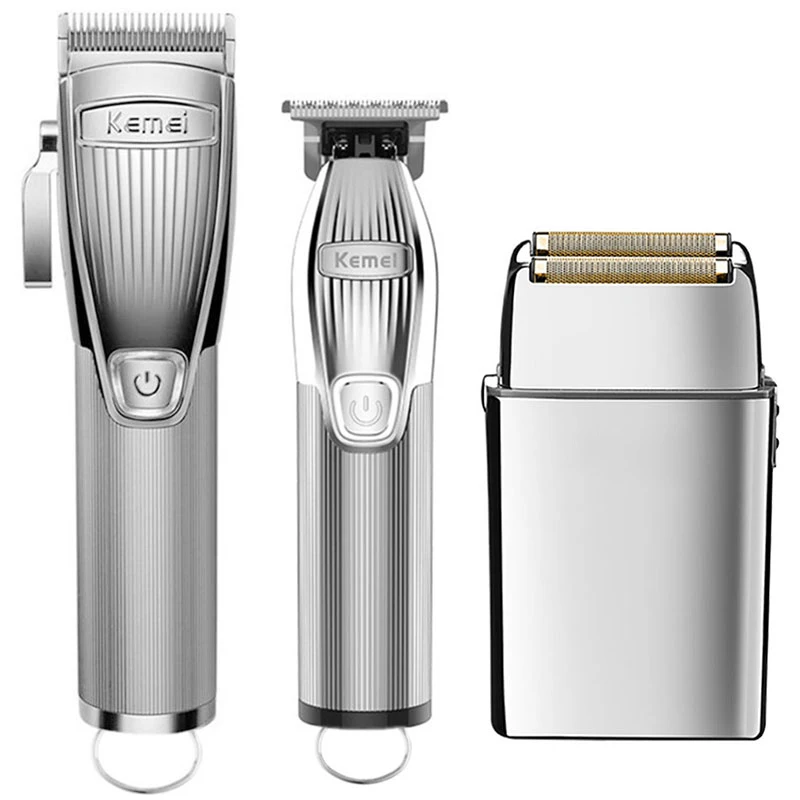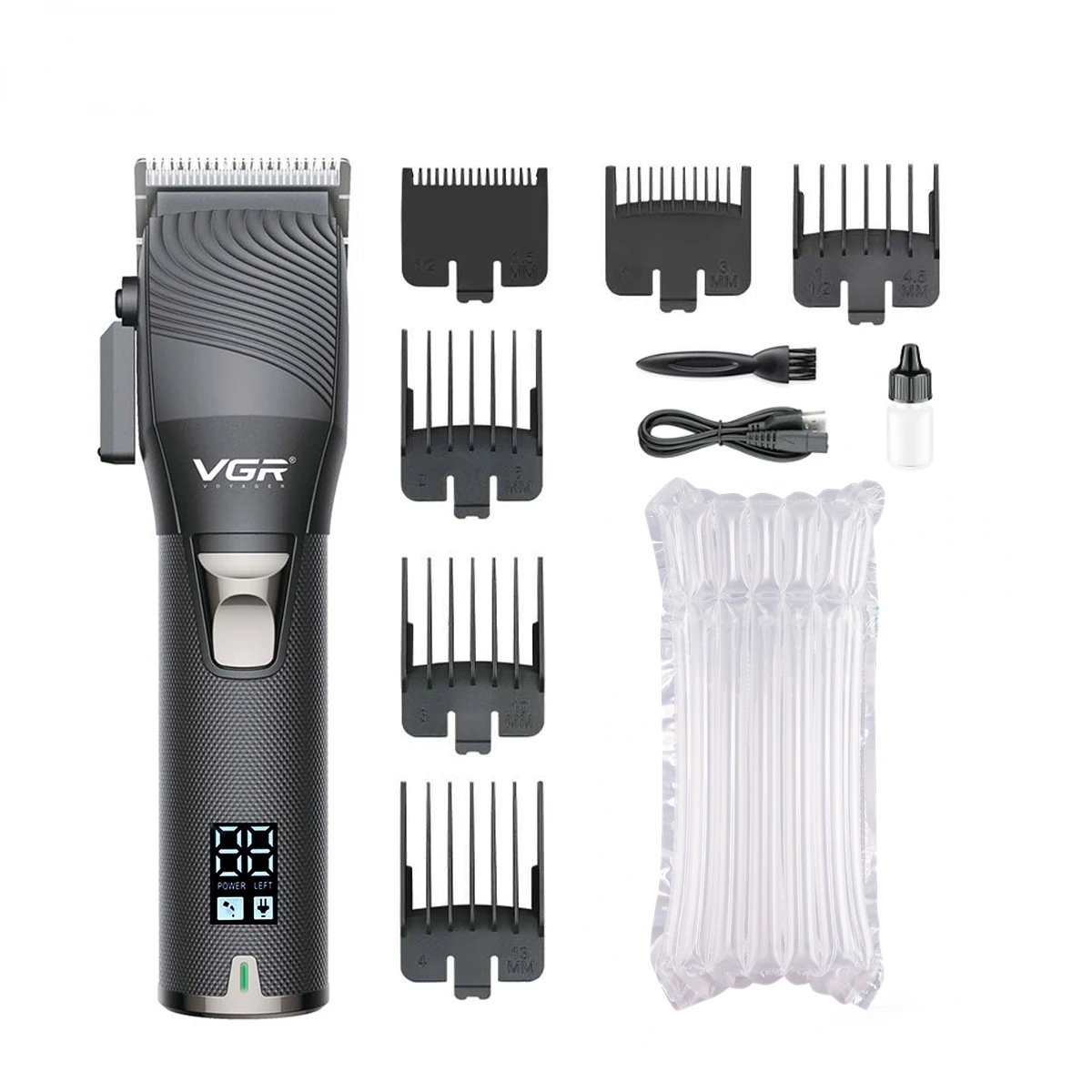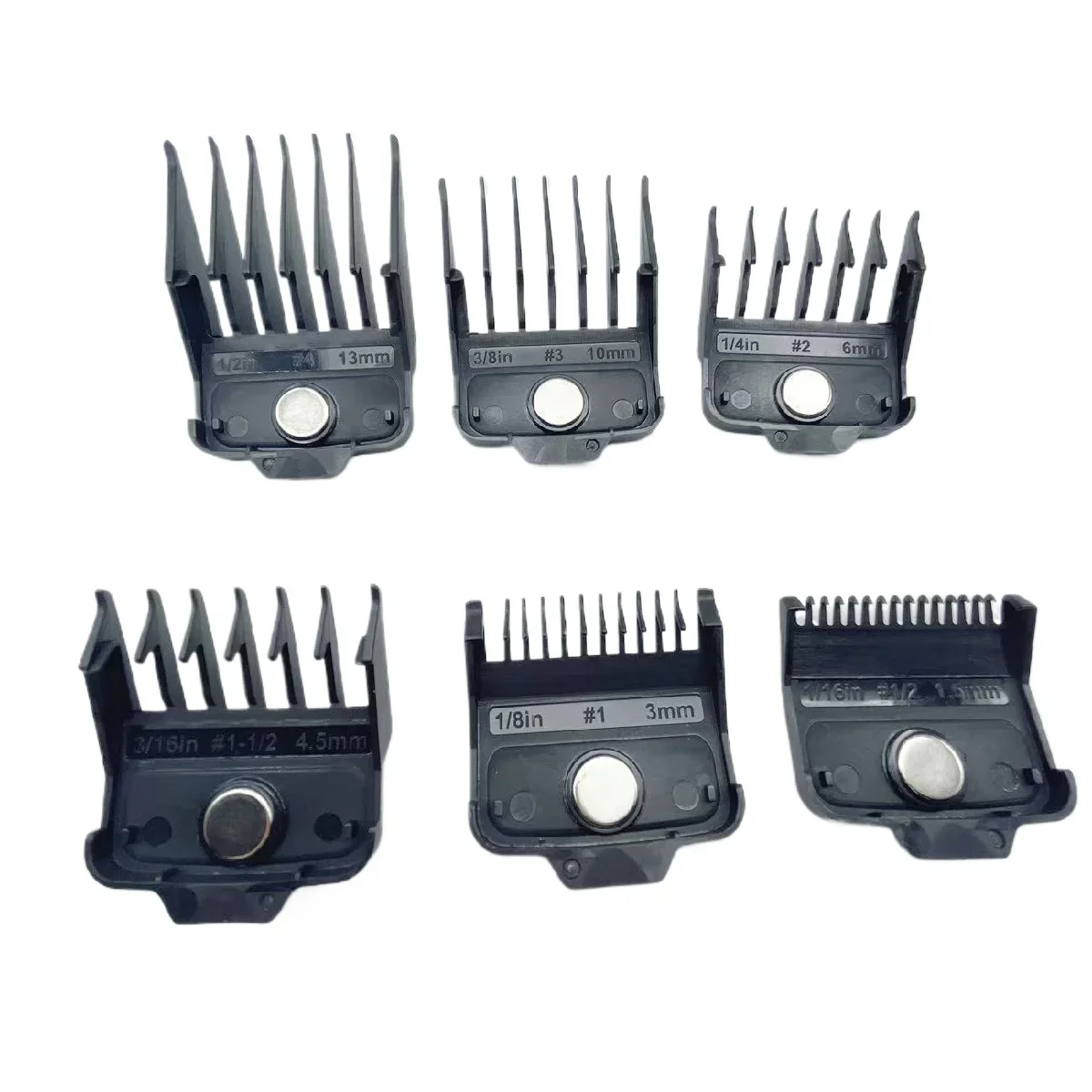Hair clippers have become essential tools for barbers, hairstylists, and even individuals looking to maintain their hairstyles at home. While they offer convenience and the ability to achieve various looks, a common frustration arises when clippers begin to pull hair. This article delves into the reasons behind this issue and provides insights on how to prevent and address it effectively. So, why do clippers pull hair? Let’s explore this phenomenon in-depth.
The Anatomy of Hair Clippers
Before we can understand why clippers pull hair, it’s important to recognize how they are designed and function.
Types of Hair Clippers
Hair clippers come in different types and designs, each tailored for specific uses. The most common types include:
- Corded Clippers: These are powered by electricity through a cord and generally provide consistent power.
- Cordless Clippers: These are battery-operated, providing convenience for movement without being tethered.
- Adjustable Clippers: These allow you to change the blade height, making them versatile for different styles.
Key Components of Clippers
- Blades: The blade sets consist of two parts: the moving blade and the stationary blade. If the blades are dull, damaged, or misaligned, they can snag hair rather than cutting it cleanly.
- Motor: The motor’s power directly influences how well the clippers can cut through hair. A weak or failing motor might not drive the blades effectively, leading to pulling.
- Guide Combs: These are attachments that help in achieving different hair lengths. Incorrect use of guide combs can also contribute to hair pulling.
Common Reasons Why Do Clippers Pull Hair
Understanding the underlying causes of why clippers may pull hair can help us prevent it. Here are some of the most common reasons:
Dull Blades
One of the primary reasons why clippers pull hair is dull blades. Hair clippers rely on sharp blades to deliver a clean cut.
The Effects of Dull Blades
- Snagging Hair: Dull blades may not cut through hair effectively, leading to snags and pulls.
- Fraying Hair Ends: Instead of cutting cleanly, dull blades may create split ends and damage the hair.
Misaligned Blades
Another important factor to consider is the alignment of the blades. If the blades aren’t properly aligned, they may not cut efficiently.
How to Check for Alignment
- Visual Inspection: Check the alignment by viewing the blades from the side. There should be even spacing.
- Adjustment Screws: Most hair clippers include adjustment screws that can help realign the blades if they are misaligned.
Hair Type and Length
The type and length of the hair being cut can also impact whether clippers pull hair.
Thick and Coarse Hair
- Thick and coarse hair requires more power to cut. If clippers are not designed to handle this hair type, they may struggle and pull.
Long Hair
- Long hair can become tangled in the blades. Cutting long hair in smaller sections can help mitigate pulling.
Incorrect Technique
The way a stylist uses the clippers can lead to pulling.
Proper Cutting Techniques
- Angle of Approach: Clipping hair at an incorrect angle can lead to pulling. It’s best to follow the natural growth pattern of the hair.
- Rushing the Process: Hurrying through a haircut can lead to careless mistakes, increasing the likelihood of hair being snagged.
Lack of Maintenance
Like any tool, hair clippers require regular maintenance to function properly.
Daily Maintenance Practices
- Cleaning: Hair clippers should be cleaned after each use to remove hair and product buildup.
- Oiling the Blades: Oiling the blades after cleaning helps keep them sharp and reduces friction during use.
Using Wet Hair for Clipping
Some individuals might choose to cut wet hair. Although some clippers are designed for cutting wet hair, using others can result in pulling.
Key Considerations
- Type of Clippers: Always check the manufacturer’s recommendations regarding cutting wet or dry hair.
- Dewetting the Hair: If cutting wet hair, using a towel to remove excess water helps achieve better results.
Solutions to Prevent Hair Pulling
Understanding why do clippers pull hair is just the beginning. Let’s explore solutions and preventative measures to keep this issue at bay.
Regular Blade Maintenance
One of the most effective ways to prevent hair pulling is through regular blade maintenance.
Sharp Blade Replacement
- Frequency of Replacement: Blades wear out over time. Regularly replace blades based on usage frequency.
Adjusting Blade Alignment
When using clippers, taking the time to ensure that the blades are correctly aligned can make a significant difference.
How to Adjust Blades
- Use a Screwdriver: Most clippers come with a small screwdriver. Loosen the mounting screws slightly to make adjustments.
- Test Cuts: After realignment, perform test cuts on a small section of hair to ensure that the blades now align properly.
Choosing the Right Tool for the Job
Different hair types demand different clipper specifications.
Invest in Quality Clippers
- Investing in quality clippers designed for your specific hair type can prevent many common issues, including hair pulling.
Learning Proper Techniques
Take the time to learn proper cutting techniques, especially if you’re cutting your hair at home.
Seeking Professional Help
- If unsure, consider seeking help from a professional stylist. They can offer helpful advice and demonstrate proper techniques.
Periodic Professional Cleaning
While DIY maintenance is crucial, consider having your clippers professionally serviced.
Benefits of Professional Servicing
- Deep Cleaning: Professionals can clean and service the clippers more effectively, ensuring they run smoothly.
- Sharpening Blades: Professionals can offer blade sharpening services, prolonging the life of your clippers.
Knowing When to Replace
Understanding when to retire your clippers is just as important as maintenance.
Signs You Need to Replace Your Clippers
- Inconsistent Performance: If your clippers are consistently pulling or struggling to cut through hair after maintenance, it might be time for a replacement.
- Frequent Repairs: If you’re regularly repairing clips, it may be more cost-effective to simply buy a new set.
Discerning the Best Hair Clippers for You
Choosing high-quality hair clippers can help to minimize the chances of hair pulling.
Features to Look For
- Motor Strength: A stronger motor can help the clippers handle thicker and longer hair more efficiently.
- Blade Types: Consider using stainless steel or ceramic blades for durability.
- Adjustable Settings: Clippers with adjustable settings offer flexibility and better personalization.
User Reviews and Recommendations
Before making a purchase, consider researching user reviews and recommendations online.
What to Consider
- Effectiveness on Various Hair Types: Look for reviews that mention performance on hair types similar to your own.
- Durability: Find reviews that speak to the longevity of the product.
 Maintaining Healthy Hair with Clippers
Maintaining Healthy Hair with Clippers
While focusing on the mechanics of clippers is essential, maintaining healthy hair is equally important.
Using Quality Hair Products
Invest in quality shampoos and conditioners that help strengthen your hair.
Avoiding Damage
- Heat Protection: If using heat-styling tools, always apply a thermal protectant spray.
Regular Trimming
Regular haircuts help prevent split ends and other damage, ultimately making the clipping process smoother.
Seeking Professional Advice
If you’re unsure about maintaining your hair health or cutting techniques, consulting a professional stylist can yield valuable insights.
Conclusion
Understanding why do clippers pull hair involves exploring multiple factors, from blade sharpness to improper techniques. By taking proper care of your clippers and understanding how to use them correctly, you can significantly reduce hair pulling. Whether you’re using clippers at home or in a salon, knowing the common pitfalls and how to sidestep them can help you enjoy a smoother, more enjoyable hair cutting experience. Taking proactive steps towards maintenance and gentle handling will contribute to a much more pleasant and efficient clipping process. Investing time and attention not only prolongs the life of your clippers but also enhances your overall hair care routine.


